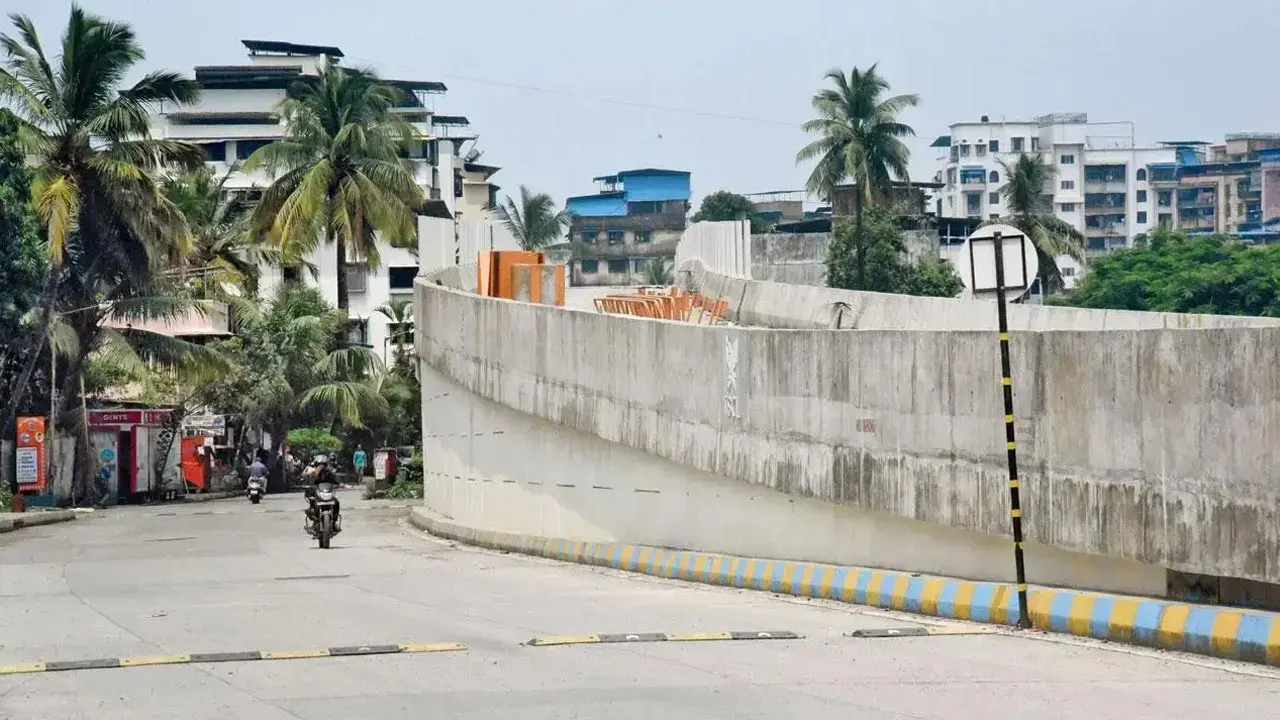It is the end of an amazing decade and India probably has more Smart Cities now than any other country on Earth

File pic
 I must admit that I was taken aback by news reports of the Smart City Mission ending this year. It took me back to that glorious day, in May 2014, when the honourable, erudite, most intelligent Indian amongst us announced the building of 100 cities that would all boast astounding connectivity and communication capabilities. They were scheduled to be built within the following five years but, naturally, took five more. The delay couldn’t have been unexpected.
I must admit that I was taken aback by news reports of the Smart City Mission ending this year. It took me back to that glorious day, in May 2014, when the honourable, erudite, most intelligent Indian amongst us announced the building of 100 cities that would all boast astounding connectivity and communication capabilities. They were scheduled to be built within the following five years but, naturally, took five more. The delay couldn’t have been unexpected.
Then again, when I looked around me and asked family and friends about the cities they lived in, I realised the mission had to end because there was little left to improve. The Smart Cities are already here, all around us, just not where we live!
There were those who questioned the mission from the start and are now busy writing it off as a failure, but that is only because they keep missing the wood for the trees. It is important for us to remember what was promised though, all those depressing years ago when India had a lot more trees and the rupee was at a horrifying 58 to the dollar. Our Smart Cities were all about connectivity and using IT-enabled services that would transform every aspect of our lives. Be honest and ask yourself if that hasn’t happened yet.
To be fair, there were a few cynics who wanted to know how or why this was to be prioritised over fundamental services that were still missing. They wanted to know why the government would focus on optical fibre networks when roads, hospitals, and toilets were still to be built across much of the country. I dismissed those arguments at the time because I could always see the bigger picture.
What the cynics failed to understand was that this was India 2.0. Here, it isn’t infrastructure that matters; it’s influencers. I realised even then that connectivity would empower residents of these Smart Cities. They would all start to tweet about missing roads and toilets, click selfies with appropriate hashtags (#MoreHospitalsPlease, #MissingTeachers, #FreeMealsForPublicSchools, etc.), and broadcast footage of potholes to spur government agencies into action. I saw what a Smart City really meant: residents smart enough to talk about what their cities didn’t possess. It was another genius move or, as they say in Smart CitySpeak, a ‘masterstroke.’
Then there was all that talk of Area-Based Development, another key component of the mission that focused on specific zones within select cities. This was all about redevelopment and ‘greenfield projects’, commonly used to describe new systems, structures, or technologies that aren’t constrained by existing infrastructure or legacy systems.
If the mission has ended, it implies that there are surprises in store for anyone who ventures beyond better known cities and towns. Perhaps, just a few kilometres from Pune, Amritsar, or Madurai, are First World pockets of advanced technology where waste is segregated, electricity and running water are uninterrupted, and everything runs smoothly online. Perhaps we just haven’t stepped outside our comfort zones enough to find these developed wonders just beyond the horizon.
I do have one small question about money. Let’s all agree that these Smart Cities now exist, even if not many of us have seen them yet. Let’s assume the 2.5 lakh villages that were supposed to be linked via broadband cable are now enjoying unlimited Wi-Fi. My query involves receipts, and where one must go to find bills for these magical services. After all, whenever someone adds the term ‘smart solutions’ to a government proposal, it usually means ‘expensive but good for PR.’ I tried looking for details about what was promised compared to what was delivered, and all I could find was a clock that cost the Bihar Sharif Smart City board a reported R20 lakh to build. Surely, I thought, there must be more to show and tell after a decade of work? Someone, somewhere, must have photographic evidence or at least a PowerPoint presentation detailing everything that has been accomplished since 2014. Not everything can be as mysterious as the Gujarat Model, can it?
Until proof turns up, I continue holding on to the belief that just because we haven’t seen a Smart City doesn’t mean they don’t exist.
They probably just need last-minute touches, which is why it is heartening to note that a delegation from Moscow is presenting innovative urban technologies, including eco-technologies, to the Indian government. After all, everyone knows that if there’s one country capable of building Smarter Cities than India, it’s Russia.
When he isn’t ranting about all things Mumbai, Lindsay Pereira can be almost sweet. He tweets @lindsaypereira
Send your feedback to mailbag@mid-day.com
 Subscribe today by clicking the link and stay updated with the latest news!" Click here!
Subscribe today by clicking the link and stay updated with the latest news!" Click here!










